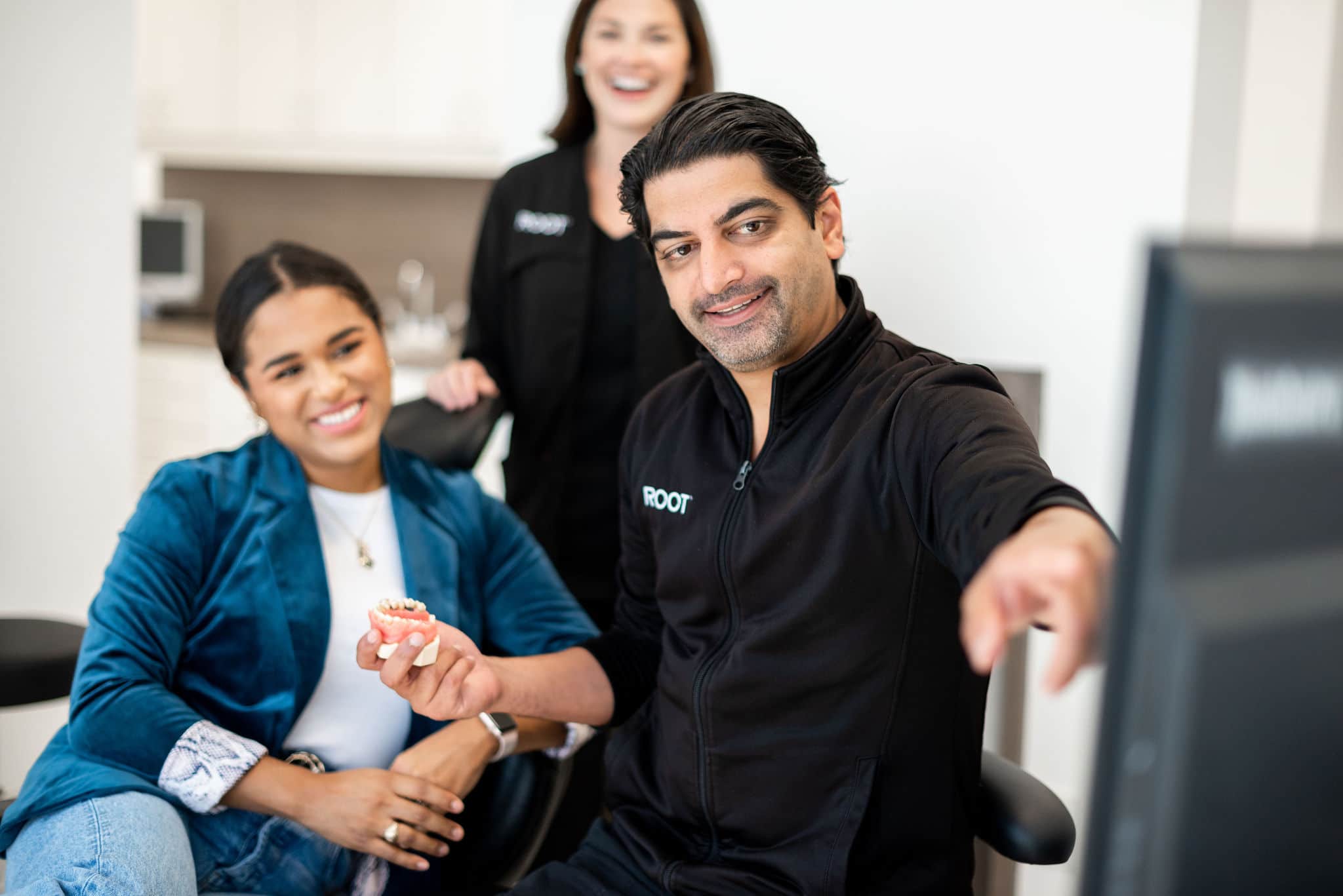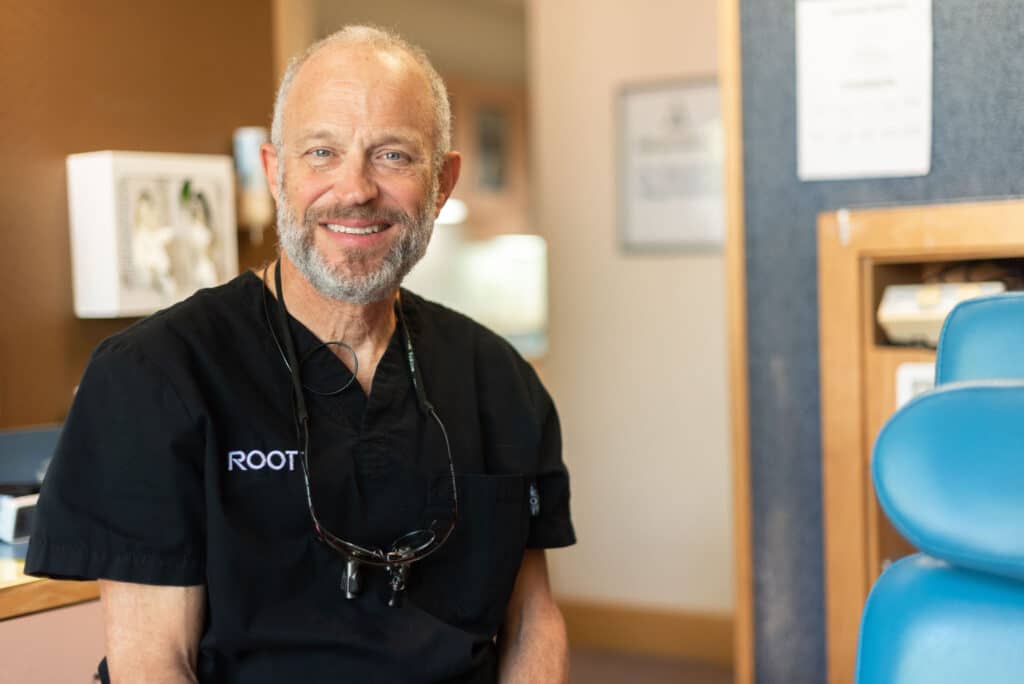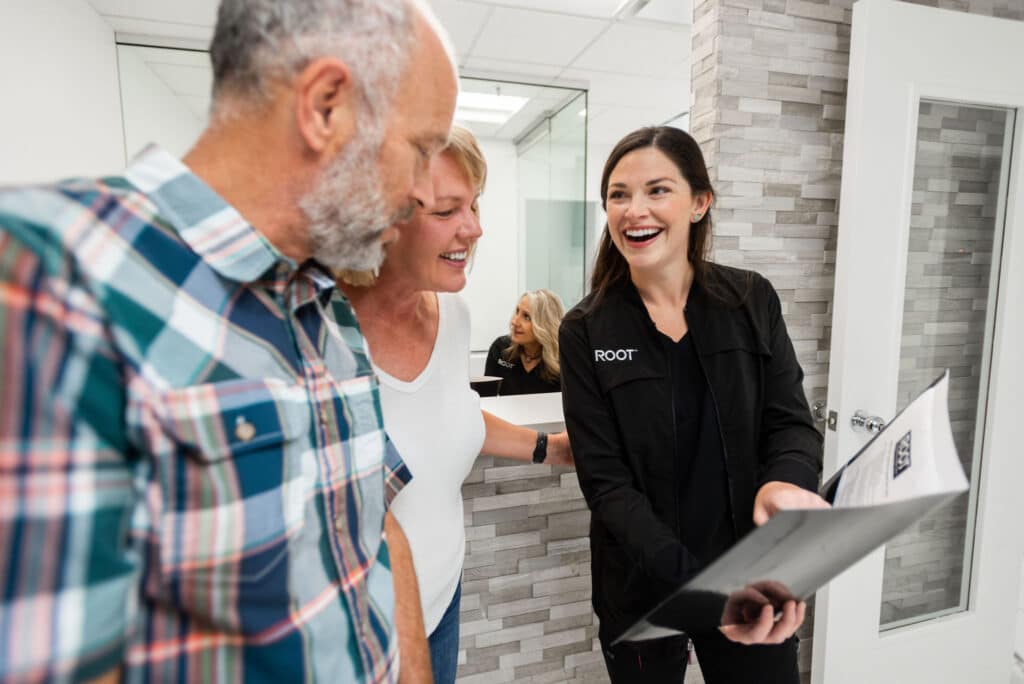Periodontal Anatomy – Mucogingival Junction
Unlike the mucosa found on the mouth floor and cheeks which are fragile and freely moveable, the mucosa on the palate and around the teeth are firm and contain keratin. Being keratinized makes the cells tough and structurally sturdy. The anatomical locations where the two types of tissue meet are called mucogingival junctions.
The three mucogingival junctions are:
-On the facial of the maxilla: the maxilla is the upper fixed jawbone. Facial refers to the side adjacent to (facing towards) the inside of the lips.
-On the facial of the mandible: the mandible is the moveable lower jawbone that sits beneath the maxilla.
-On the lingual of the mandible: lingual refers to the side adjacent to the tongue.
The palatal gingiva of the maxilla is continuous with the palate tissue that is bound to the palatal bones. Since the palate lacks any alveolar mucosa that are free moving, it does not contain a mucogingival junction.
Clinical Importance
The mucogingival junction has clinical important because of its use in measuring how wide the attached gingiva are. Because of its tight bind to the alveolar bone laying underneath, attached gingiva provides the mucosa protection during functional uses (chewing). Without the attached gingiva, eating and routine cleaning activities (brushing) would damage the freely moveable alveolar mucosa.
The width of the attached tissue is important because if corresponds with an increased level of protection from any insults. When the mucogingival junction is used as the reference point of demarcation between the apical border of the attached gingiva, a periodontal probe can be inserted in the gingival sulcus in order to measure how much of the keratinized gingiva coronal to the mucogingival junction remains attached to the bone laying underneath. Gingival sulcus depth, determined by the depth where the probe enters the sulcus, does not attach to the bone and therefore, is excluded when measuring the keratinized tissue’s total height. Should the probe enter the sulcus and descend in line with or above the mucogingival junction, the area is classified as a mucogingival defect.
Mucogingival Conditions
A mucogingival condition is defined as the altered relationship between the mucogingival junction and gingival margin that are either associated with progressive gum recession or do not allow for control of inflammation. In addition to probing depths extending beyond the mucogingival junction, other examples of a mucogingival conditions are gingival recession and missing or minimal keratinized gingiva. The defects can result from mechanical trauma to the tissue (toothbrush) or local factors and people with “thinner” profile periodontium, tend to be more prone to gingival recession than those having a “thicker” periodontium.
Gingival recession is the most common of the mucogingival conditions. Recent studies have shown that 88% of people age 65 and over have at least one site with gingival recession. When gums recede, tooth roots can become exposed and lead to sensitivity issues with hot and cold. In addition to cosmetic appearance issues, gingival recession can also make patients more susceptible to periodontal disease. If periodontal disease is left untreated and allowed to advance, it can lead to tooth and bone loss.
